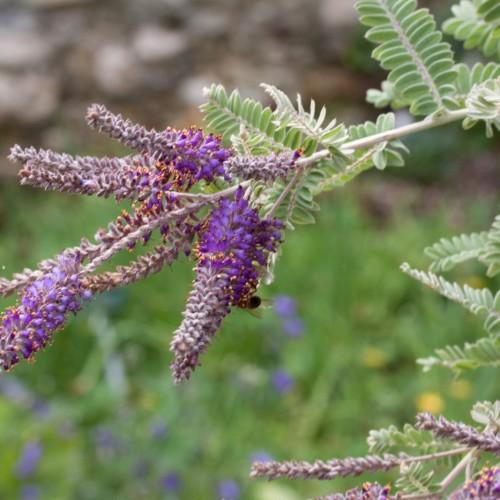
Dwarf False Indigo
Amorpha nana
Also Known As - Fragrant Indigo Bush,Dwarf IndigobushWatering:
Average
Hardiness Zone:
4
Flowers:
Flowers
Sun:
Sun, Partial Shade
Soil:
Sand, Loam
Leaf:
Yes
Growth Rate:
Low
Drought Tolerant:
Yes
Thorny:
Yes
Care Level:
Medium
watering
General watering guidelines for the Dwarf False Indigo plant recommend providing the plant with an inch of water during every watering session. This should be done once a week during the growing season. During periods of extreme heat, it may be beneficial to increase watering to twice per week. During the winter, allow the top layer of soil to dry out completely before providing additional water. If the soil still feels wet, no additional water is needed during this time.
sunlight
Dwarf False Indigo (Amorpha nana) prefers to grow in full sun to partial shade. It requires at least 6 hours of direct sunlight each day in order for the plant to stay healthy and thrive. In areas with prolonged hot and dry summers, the plant should be given some protection from the hot afternoon sun. If planted in full sun, this will help it to flower profusely and remain bushier. If planted in partial shade, it will still flower, but won’t be as dense or as prolific. It is advised to give your Dwarf False Indigo some afternoon shade during the hottest part of the day to protect it from scorching temperatures.
pruning
Dwarf False Indigo (Amorpha nana) should be pruned in late winter or early spring before new growth appears. Pruning should be light, removing a few of the oldest and most woody stems at ground level. This will allow space and light into the center of the plant, encouraging air circulation and making it less susceptible to disease. If desired, a few of the stems can also be trimmed at the top to keep the shape of the plant. Pruning should be done annually or bi-annually; however, no more than 1-third of the total growth should be removed each time.
